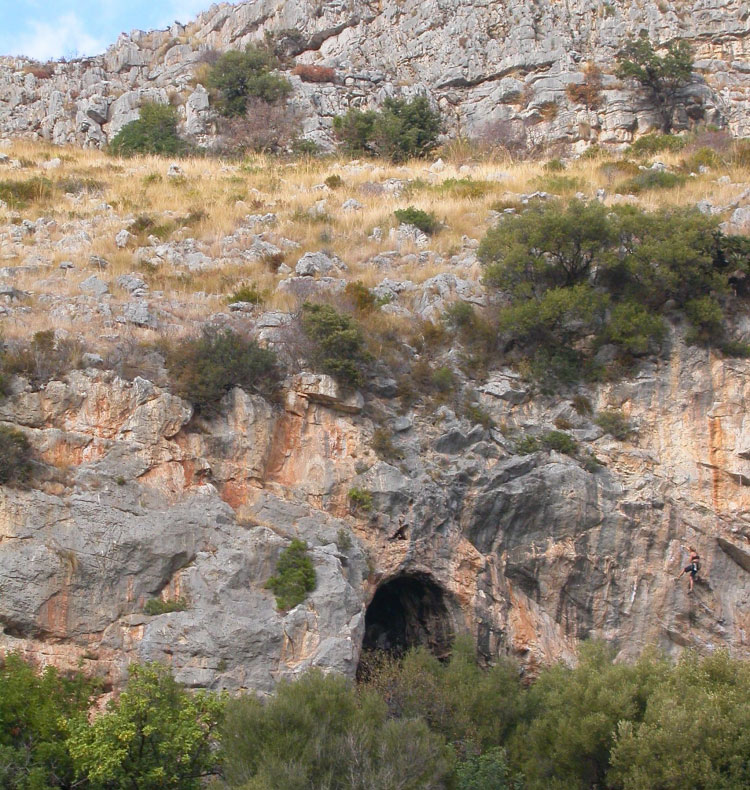The hafting of stone instruments was a significant development in the technological evolution of Paleolithic people. Joining a handle to a knife or scraper and attaching a sharp point to a wooden shaft made stone apparatuses progressively proficient and simpler to use.
A comprehensive review of the different strategies for the identification of hafting in prehistory can be found in. Archeologists working in two Italian caves have found the absolute earliest known examples of ancient humans utilizing a glue on their stone tools—a significant technological development called “hafting.”
The study shows that Neanderthals living in Europe from around 55 to 40 thousand years ago traveled away from their caves to gather resin from pine trees. They then utilized that adhesive to glue stone apparatuses to handles made out of wood or bone.
The findings, in other words, suggests that Neanderthals– cousins of Homo sapiens were more clever than some have made them out to be.

CU Boulder‘s Paola Villa said, “We continue to find evidence that the Neanderthals were not inferior primitives but were quite capable of doing things that have traditionally only been attributed to modern humans.”
“That insight came from a chance discovery from Grotta del Fossellone and Grotta di Sant’Agostino, a pair of caves near the beaches of what is now Italy’s west coast.”
During the study, scientists conducted a chemical analysis of 10 flints using a technique called gas chromatography/mass spectrometry. They found that the stone tools had been coated with resin from local pine trees.

Villa said, “The findings, indicate that Italian Neanderthals didn’t just resort to their bare hands to use stone tools. In at least some cases, they also attached those tools to handles to give them better purchase as they sharpened wooden spears or performed other tasks like butchering or scraping leather.”
“You need stone tools to cut branches off of trees and make them into a point.”
The find isn’t the oldest known case of hafting by Neanderthals in Europe—two flakes found in the Campitello Quarry in central Italy originate before it. But, it suggests that this strategy was more common than recently accepted.

The presence of hafting likewise gives more proof that Neanderthals, similar to their smaller human relatives, had the option to build a fire whenever they wanted one, Villa said—something that scientists have long debated. She clarified that pine resin dries when exposed to air. Accordingly, Neanderthals expected to warm it over a small fired to make an effective glue.
The study is published in the journal Plos One.
